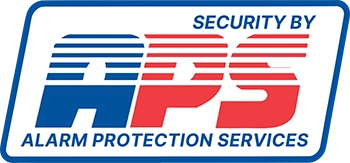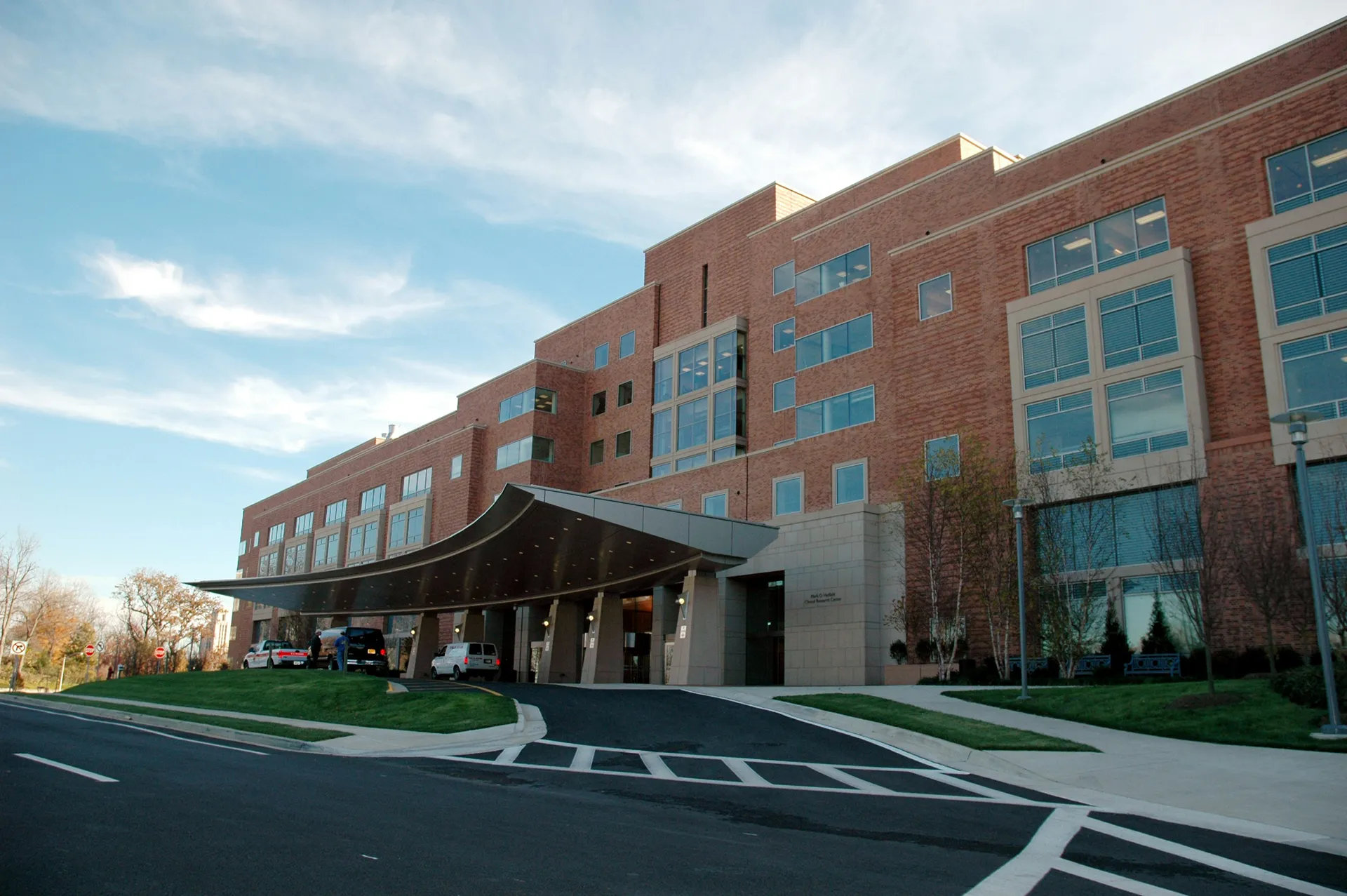Construction sites present a unique set of security challenges that differ greatly from other commercial properties. These sites are dynamic, constantly evolving environments that often lack the physical barriers and infrastructure of a finished building. They are typically open-air, accessible to multiple contractors and workers, and stocked with high-value materials and equipment. These conditions create the perfect opportunity for theft, vandalism, trespassing, and safety hazards.
Construction sites are vulnerable during both working and non-working hours. During the day, the open nature of the site can allow unauthorized individuals to blend in among the workforce. At night, the absence of staff and limited lighting make these sites even more appealing to criminals. Theft of tools, machinery, copper wiring, and even fuel is a growing problem. With construction equipment often worth thousands or even hundreds of thousands of dollars, a single incident can cause significant financial damage and lead to project delays.
Aside from theft, vandalism poses another serious threat. Graffiti, property damage, and the deliberate destruction of materials can cost construction companies considerable time and money. More importantly, such acts can compromise the safety of the site, especially if structural elements are tampered with or removed. Furthermore, unauthorized access by the public or adventurous trespassers can result in injury, putting the company at legal risk and possibly halting construction altogether.
Given the scale of these potential threats, securing a construction site must be approached with the same seriousness as any high-value enterprise. It requires a coordinated strategy that combines physical deterrents, technology, operational policies, and compliance with local regulations. Simply locking up at the end of the day is no longer sufficient. As construction projects grow in complexity and value, so too must the methods used to protect them.
A well-secured construction site not only protects assets and equipment but also improves overall site safety, ensures project continuity, and builds trust with clients and stakeholders. The benefits of a proactive security plan extend far beyond loss prevention, contributing to a professional and organized work environment where productivity can thrive.
Physical Security Measures and Site Layout Considerations
The physical layout and boundaries of a construction site play a major role in its vulnerability or resistance to unauthorized access. Since construction sites often begin as open spaces, the first step in any security plan is the establishment of a secure perimeter. This means installing a strong, continuous fence that encircles the entire job site. Chain-link fencing is commonly used due to its cost-effectiveness and visibility, allowing security personnel and surveillance cameras to monitor activity from both inside and outside the site. In high-risk areas, additional deterrents such as barbed wire or anti-climb panels may be appropriate.
Site entrances and exits must be clearly defined and tightly controlled. Limiting the number of access points makes it easier to monitor who comes and goes and reduces the likelihood of unauthorized entry. These access points should be kept locked when not in use and staffed by trained security personnel or equipped with entry systems that require identification or access credentials. Gates should be large enough to accommodate the movement of vehicles but not left open longer than necessary.
Lighting is another critical element of physical security. A well-lit site is less attractive to intruders and more manageable for nighttime surveillance. Lighting should be installed around the perimeter, at all access points, and near areas where valuable materials or equipment are stored. Motion-activated lighting systems can enhance security by drawing attention to movement and reducing energy consumption.
Placement of equipment and storage containers within the site should be strategic. Expensive machinery, tools, and materials should be stored in secure locations, preferably locked containers or designated storage zones with restricted access. If possible, these items should be placed away from the perimeter fence to make them less visible and harder to steal. Fuel tanks and power sources should be locked and hidden from plain view, as they are common targets for theft.
Site layout should also account for clear lines of sight. Avoiding blind spots and maintaining open visibility across key areas makes it easier for security personnel and surveillance systems to monitor activity. Regular maintenance of the site, including removing clutter and debris, further contributes to a secure and organized environment.
Temporary structures such as trailers and offices should be locked and alarmed when unattended. These spaces often contain sensitive documents, plans, and computers that could be compromised during a break-in. Using reinforced doors, locks, and window coverings can add an additional layer of protection to these vulnerable areas.
In addition to security infrastructure, physical signs play an underrated but effective role in deterring potential intruders. Signage indicating 24-hour surveillance, restricted access, and penalties for trespassing serves as both a warning and a legal tool. In many jurisdictions, visible signage is a requirement in order to press charges against trespassers or thieves.
Leveraging Technology for Enhanced Construction Site Security
Modern security technology has transformed the way construction sites are monitored and protected. What was once limited to guards and locks has evolved into a complex network of digital tools designed to detect, document, and deter threats in real time. The integration of video surveillance, alarm systems, access control, and remote monitoring has made it possible to maintain a high level of security even in the most isolated or understaffed locations.
Surveillance cameras are at the core of any technological security plan. High-resolution, weatherproof cameras can provide 24/7 monitoring of the site, delivering both live feeds and recorded footage. The placement of these cameras is crucial—they should cover entrances, exits, high-value areas, and any blind spots identified during the site assessment. Many modern camera systems come equipped with motion sensors, infrared night vision, and AI-powered analytics that can differentiate between humans, animals, and vehicles.
Mobile surveillance units are another valuable option for construction sites that change shape or location frequently. These units are self-contained, often solar-powered towers equipped with cameras, lights, and sensors. They can be repositioned easily and are ideal for temporary or large-scale projects. Because they are highly visible, they also serve as a deterrent to would-be intruders.
Alarm systems further strengthen site security by alerting personnel to unauthorized activity. These systems can be connected to doors, windows, gates, and equipment, sending alerts directly to mobile devices or a central monitoring station. In some cases, alarms can trigger automatic responses such as activating floodlights, sounding sirens, or directing security cameras to focus on the breach point.
Access control systems allow for better management of who enters the site and when. This can range from key card or fob systems to biometric scanners or mobile phone access apps. These systems create a digital record of site entries and exits, which can be useful for both security and time tracking purposes. Contractors, delivery drivers, and employees can all be assigned individual credentials, allowing management to limit access to certain areas based on job roles or shift schedules.
Remote monitoring has become an increasingly popular solution for construction site security. With cloud-based systems, managers and security teams can view live camera feeds, receive alerts, and manage access permissions from anywhere in the world. This flexibility is especially valuable for companies overseeing multiple sites or those without the budget for round-the-clock on-site security personnel.
Drone surveillance is also becoming more common in large construction projects. Drones can cover vast areas quickly, capture real-time video, and identify unauthorized activity. They are particularly useful in remote or expansive job sites where fixed cameras may not provide sufficient coverage.
Technology alone, however, is not a substitute for a comprehensive security strategy. It must be integrated into a larger framework that includes human oversight, physical deterrents, and operational policies. Regular testing and maintenance of security systems are essential to ensure they function correctly and remain effective over time. As construction projects evolve, so too should the technology strategy that protects them.
Policies, Training, and Compliance for a Secure Construction Site
The final pillar of a secure construction site lies in the people who work there and the policies that govern their behavior. Even the most advanced technology and well-placed fencing cannot fully protect a site without the cooperation and vigilance of its workforce. Establishing clear policies, providing thorough training, and maintaining compliance with legal and regulatory standards are all essential elements of a successful security plan.
Every worker, from site managers to subcontractors, must understand their role in maintaining security. This begins with a comprehensive orientation that covers site-specific rules, reporting procedures, and emergency protocols. Workers should be educated on the importance of securing tools and equipment, reporting suspicious activity, and adhering to access control procedures. When employees are aware of the security risks and feel responsible for the site’s safety, they are more likely to act in ways that support those goals.
Consistent enforcement of security policies is critical. Rules must be applied fairly and uniformly across all personnel to prevent gaps or inconsistencies. Security lapses such as propping open gates, sharing access codes, or leaving tools unattended should be addressed promptly and documented. Regular audits and inspections can help identify weaknesses in policy enforcement and provide opportunities for correction.
Subcontractors and delivery personnel often have different levels of engagement with the job site and may not be as familiar with security protocols. Providing them with clear instructions upon arrival and requiring identification or authorization helps ensure that everyone on site is accounted for. Temporary passes, check-in systems, and escorted access can all contribute to a more controlled and secure environment.
In addition to internal policies, construction sites must also comply with external regulations and industry standards. Many municipalities have ordinances governing site security, particularly in urban or residential areas. These may include requirements for fencing, lighting, noise control, and surveillance. Failing to meet these standards can result in fines, work stoppages, or increased liability in the event of an incident.
Occupational safety regulations also intersect with security practices. For example, ensuring that site lighting is adequate not only deters crime but also prevents accidents. Similarly, controlling access to hazardous areas protects both workers and trespassers from harm. Integrating security and safety planning creates a more cohesive and effective site management strategy.
Documentation is another often overlooked but crucial aspect of site security. Keeping detailed records of incidents, access logs, equipment checkouts, and training sessions helps establish accountability and provides evidence in the event of legal disputes. These records also support continuous improvement by highlighting recurring issues and identifying areas for enhancement.
Don’t leave your job site vulnerable. A proactive construction site security plan safeguards your people, protects valuable equipment, and ensures projects stay on schedule. Whether you’re managing a small build or a large-scale development, the right combination of physical barriers, technology, and clear policies makes all the difference. If you’d like help assessing your current security setup, contact us today for a site security consultation.




